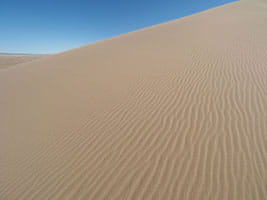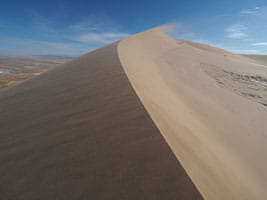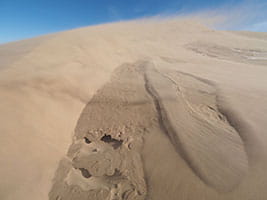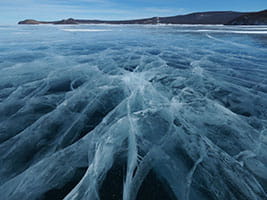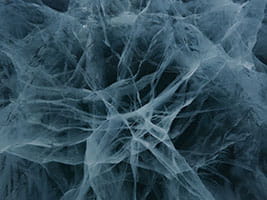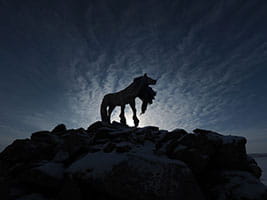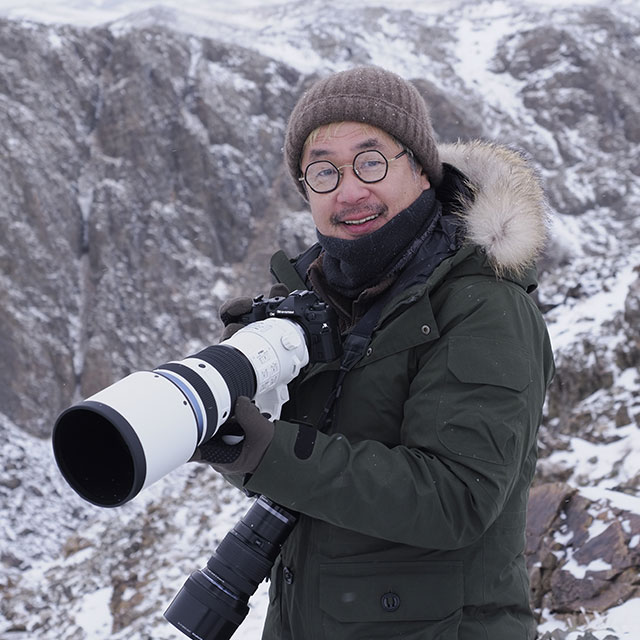
Tetsuro Shimizu

Tetsuro ShimizuJapan
Born in Yokohama City in 1975. After graduating from the Nippon Photography Institute, Shimizu worked as an assistant to photographer Toshinobu Takeuchi for three years and then began freelancing at 23. Active in a wide variety of genres including nature to snapshots and documentary photos with a unique point of view. His photo collections include CHANGE, New Type, Otamajakushi Genetic Memory (Tadpoles’ Genetic Memory), Wadachi (Track), Tokyo Karasu (Tokyo Crows), and the photo essay Umatabi - Mongoru 20 Nenkan Shuzai Shita Shashinka no Kiroku (Journey on Horseback - The Journal of a Photographer Covering Mongolia for 20 Years). Holds many individual exhibitions. Main awards include the 1st Yonosuke Natori Photography Award, the 2014 Photographic Society of Japan Newcomer’s Award, and the 2016 Sagamihara Photography Newcomer Honorable Mention Award. He is a director of the Japan Professional Photographers Society and a part-time lecturer in the Department of Photography, College of Art, Nihon University.
I’m in pain. My ears and cheeks and fingertips feel like they’re about to be torn off.Worse than the wind-blown grains of sand is the cold that comes stabbing through my skin. If I expose myself to the wind much longer, I’m going to get frostbite for sure. Most people never think of the desert as anything but hot, but this is certainly not true of Mongolia’s Gobi Desert. The calendar shows it’s the beginning of spring, but the landscape has patches of snow and the temperature is 16 degrees below zero Celsius. With the wind chill from the howling gale, it’s even colder. The wind is the most dangerous thing in the desert.
You know, photographers must be one of the most out-of-their-mind beings. Rain, blizzards, sandstorms. The more I experience the intensity of Nature, the more I’m drawn to it and the more I want to capture it.Even I don’t understand how I get the courage to keep pursuing what I see before my eyes until my body is ready to give out.
The M.Zuiko Digital ED 7-14mm 1:2.8 PRO that I used on this trip is a large-aperture extreme wide-angle zoom lens that will astonish you when you look through the viewfinder. From a lake in the desolate frozen north of Mongolia to sandstorms in the desert, this lens gave me stress-free shooting and delivered exactly what I was looking for. The way it functioned flawlessly in the desert while sand was mercilessly beating against it from all directions brought the master craftsmen who created this lens to mind.
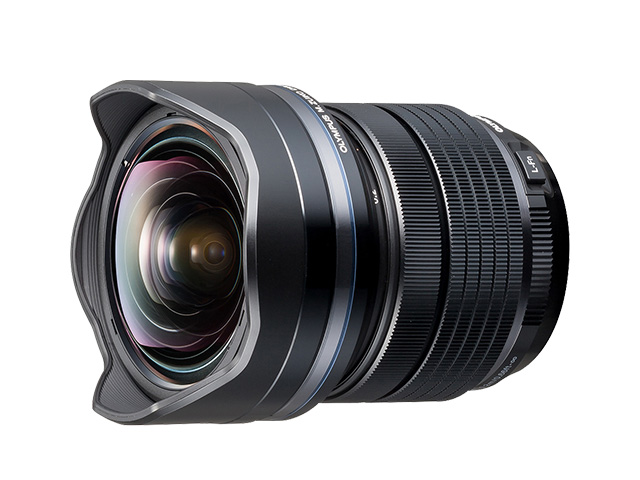
M.Zuiko Digital ED 7-14mm F2.8 PRO
14-28mm (35mm equivalent)
Ultra wide-angle zoom lens with the highest level in mobility, brightness, and optical performance.

